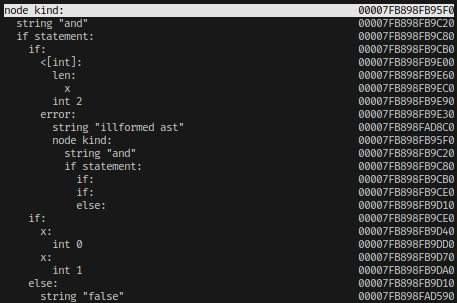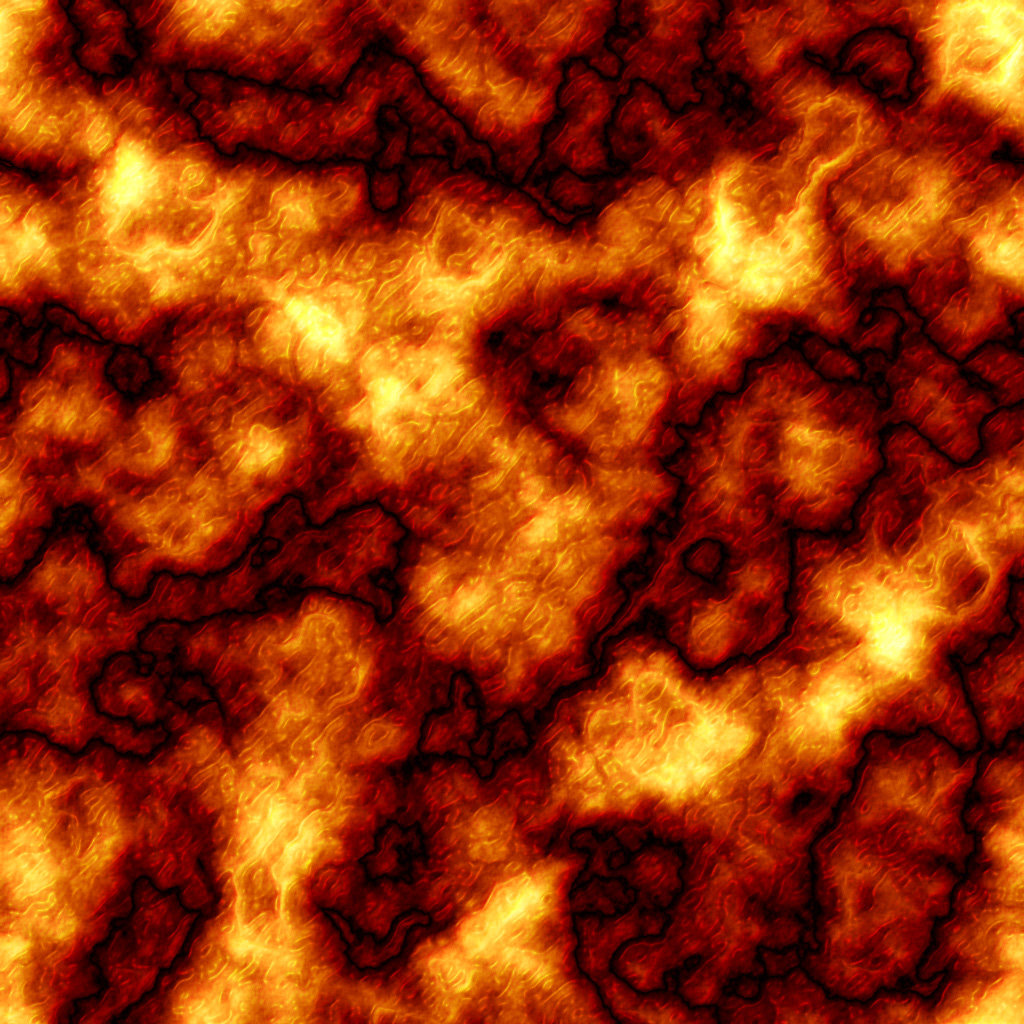As in /r/ProgrammingLanguages, we will have a thread every month where you can post PL-related projects you are working on. Unlike the main posts, this thread is much more lenient: you should post even if you only have minor updates or something tangentially related to programming languages.
How much progress have you made since last time? What new ideas have you stumbled upon, what old ideas have you abandoned? What new projects have you started? What are you working on?
Once again, feel free to share anything you’ve been working on, old or new, simple or complex, tiny or huge, whether you want to share and discuss it, or simply brag about it - or just about anything you feel like sharing!
The monthly thread is the place for you to engage /c/programming_languages on things that you might not have wanted to put up a post for - progress, ideas, maybe even a slick new chair you built in your garage. Share your projects and thoughts on others’ ideas, and most importantly, have a great and productive month!
A language designed around the idea of data mutation. Like, just doing data mutation. No functions, no stack, just here’s some data and here’s how it changes. It’s very similar to imperative languages as you might guess, but it basically removes functions from the main data path and simplifies everything which leads to some weird syntax and features.
There are still functions in some ways via a trait system kind of like Rust (also where and polymorphism appears), but it’s not quite the same.
I don’t really know exactly how to explain it beyond that, so here’s a snippet:
[Import] std [Data] a :: Int = 4 b :: Int = 5 a_str :: &Char = [] [Mut] std.out write "The sum of 4 and 6 is " b += 1 a += b a_str alloc_num_str a std.out write a_strNot that
+=here is not equivalent toa = a + b, but rather+=is the name of aNumerictrait procedure. Using words I might call itadd. It’sa add bor with C+±esque syntax it’s like(&c)->add(b)or something.There is a
Filestruct in thestdmodule and aWritetrait implemented fors that includes awrite(&Char)procedure as well as an instance of ancalled “out.” So to write a string of characters to stdout, you dostd.out write <characters>So from this, I can say that procedures in traits in this language are like mini versions of the stuff under
[]that you can call with parameters. These procedures can also have embedded C code which is how you interact with external stuff and how the core and standard libraries are implemented.Trait and struct definitions go under
[]and have their own syntaxForcing all logic to be an explicit mutation of a singular datum may end up being the worst way to program ever, but it’s at least a different way
EDIT: Conceptually this is the same, but the syntax is a bit different now
Update: I wrote up a quick manual for the language explaining concepts in more depth and reworking the syntax
Here’s a couple example programs.
hello_world.mjut
# Print a simple hello world message let msg :: &Char = "Hello, world!\n" mutate: - stdout write msgtruth_machine.mjut
# Truth machine - if you input a 1, it prints 1 forever # But a 0, it prints 0 & quits let inp :: Char = 0 mutate: - stdin alloc_read_line # Read data into stdin :: &Char - inp := stdin:0 - inp -= '0' - if inp - goto quit; - forever: + stdout write "1" + goto forever - quit: + stdout write "0"I think I have it fleshed out enough to get a basic version working. I’ll write up a lexer and parser tomorrow (it’s after midnight, so actually today lol) probably
Lexer done! On to parser
Parser done. Time for Code Generation. I’m going to transpile to C for now
I was trying to create a programming language that doesn’t have a parser. It has only AST nodes. The program is edited only inside a special editor.
Nodes in the language are defined as
type Node = ref object kind: Node childs: seq[Node] data: seg[byte]That is, the node type is literally another node, which allows you to create as many types of nodes as you want without changing the program in any way. Some nodes may be functions.
For example, this is what the “function”
andlooks like:

note thatandcontains recursion to itself in theerror.
also note thatstring "false"is just representation of what this constant means, there is no need to create new string “false” every time.And this is what the “function”
xlooks like, the use of which can be seen inand:

You might want to look at Pharo (+ other Smalltalk variants) and Racket. They both have non-text syntax and deep meta-programming “code as data” capabilities. They’re also both very unique and a lot different from even each other.
In Pharo and other Smalltalks, everything is an object: not just classes and functions, even the GUI and runtime itself. Code is stored in a persistent “image”, opening it in the Pharo IDE is like starting up a VM, and you can modify the environment e.g. to program custom IDE features. See the Wikipedia on Smalltalk and Pharo’s “Discover” page.
In Racket and other LISPS, everything is an s-expression, and syntax is “quoted” and manipulated by powerful macros (“code as data”). Racket’s macros are powerful enough to add entirely new language features like type systems [2] and object-oriented code, and even entirely new languages with alternate syntax [2]. See “Beautiful Racket”. DrRacket also allows you to embed images and “snips” inside of
.rktfiles (.rktfiles are text, but the embedded content will be encoded and usable in DrRacket).There are other examples too, like MPS (DSL creator whose syntax isn’t text) and lambda calculus where everything is a lambda (unnamed function), even numbers. But I think Smalltalk is closest to what you’ve implemented
Finally got back to writing my language, Flower. It’s going to be slow crawl onwards, but at least I’m back at developing it.
The prototype chain in JavaScript (and presumably other prototype-based OOP languages) is really quite similar to the scope chain for local variable lookup: first try to find the property/variable in the current object/scope, and if not found, look in the prototype / parent scope until we reach the outermost object/scope.
I’ve been thinking for quite a while now about the idea of a language that merges these two concepts into one. I’m not ready to talk about it much yet – it’s still very much in the planning phase, but I’m planning to post about it if and when I make significant progress on it.
Currently I’m neck deep in re2c’s guts, trying a manual translation to another language for learning purposes. I’ve found a fair few bugs (and far more … questionable code) and will file them in bulk once I’m done. Note that some bugs aren’t exposed in the command-line tool (or at least common uses thereof).



